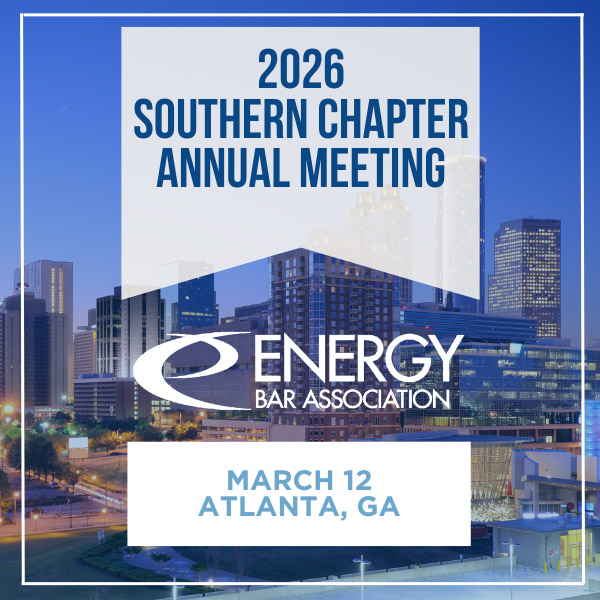FERC has accepted ISO-NE’s proposal to increase collateral requirements for generators participating in its capacity market, rejecting the New England Power Generators Association’s (NEPGA’s) arguments the changes violate the filed rate doctrine.
The changes to the RTO’s financial assurance policy (FAP) are intended to reduce the risks of generators defaulting on pay-for-performance charges incurred during capacity scarcity events (ER24-3071).
The commission ruled Jan. 31 that the updates “will better protect the market against the risks of socialized defaults and failure to pay non-performance penalties resulting from capacity sellers with insufficient corporate liquidity.”
The policy revisions will create a corporate liquidity assessment, which will evaluate each generator’s “ability to pay potential penalty payment obligations associated with its CSO [capacity supply obligation] within the applicable Capacity Commitment Period (CCP), over a forward-looking rolling six months.”
This assessment will categorize participants as low, medium and high risk, and the categories will be used to determine the generators’ collateral requirements.
The changes took effect Feb. 1, 2025, and will impact CSOs beginning June 1, the start of 2025/26 CCP, which corresponds to Forward Capacity Auction 16.
The implementation of the revisions will coincide with a major increase in non-performance penalty rates, which also take effect the same date. The penalty rate, which increased from $3,500/MWh to $5,455/MWh for the 2024/2025 CCP, will increase to $9,337/MWh on June 1, 2025.
Pay-for-performance penalties can pose significant risks to resources with CSOs. Non-performance charges totaled $62.7 million across two scarcity events during summer 2024. Oil resources and non-combined-cycle dual-fuel resources took large penalties during these events, while imports took in nearly $29 million in performance credits. (See NEPOOL Markets Committee Briefs: Dec. 10, 2024.)
ISO-NE estimated the new collateral requirements will increase the total financial assurance obligations for CSOs in the 2025/26 CCP by about $72 million to $90 million. Generators that meet the “low risk” classification will not be subject to the higher collateral requirements.
“By requiring CSO holders deemed as medium risk and high risk to provide increased collateral, the FAP Revisions can reduce the risk of socialized defaults,” FERC ruled.
‘Post Hoc Tinkering’
In its protest of ISO-NE’s proposal, NEPGA argued that applying the updated requirements to existing CSOs would violate FERC’s filed rate doctrine, which prohibits retroactive changes to rates.
“The FAP changes, if applied to CSOs beginning with the FCA 16 Capacity Commitment Period, would change the financial assurance requirements (the legal consequences) of assuming a CSO in FCAs 16-18 held in 2022 – 2024,” NEPGA wrote.
“The doctrine forbids ‘post hoc tinkering’ to correct or otherwise alter prior rates, terms and conditions, such as the CSO obligations and entitlements offered and agreed to in FCAs 16-18,” the association added.
NEPGA alsoargued that, even if the revisions do not violate the filed rate doctrine, increasing the collateral requirements for existing CSOs could decrease investor confidence in market stability, potentially accelerating retirements and reducing system reliability.
FERC rejected NEPGA’s argument regarding the filed rate doctrine, noting the commission “previously found that the terms and conditions of performance and other obligations that are a part of forward capacity markets may be revised, even after a forward auction for a future delivery year is completed, if the changes are made prospectively and after notice.”
The commission added that the financial assurance requirements for the upcoming CCP “have not been calculated or posted,” and the changes to the policy accepted by FERC “will only alter future data inputs to these formulas.”
Responding to NEPGA’s concerns that the revisions still would have negative effects on the market even in the absence of a filed rate violation, FERC wrote that “capacity suppliers had no reasonable expectation that the FAP provisions would remain unchanged, and to the extent that NEPGA members considered existing FAP provisions in formulating their offers, they did so at their own financial risk.”
NEPGA expressed disappointment with FERC’s ruling, saying in a statement that the changes will impose “new, higher costs on generators well after they assumed a Capacity Supply Obligation, and, therefore, have no way of reflecting these increases in market offers.”
The group added that it is reviewing the order and “assessing potential next steps.”



